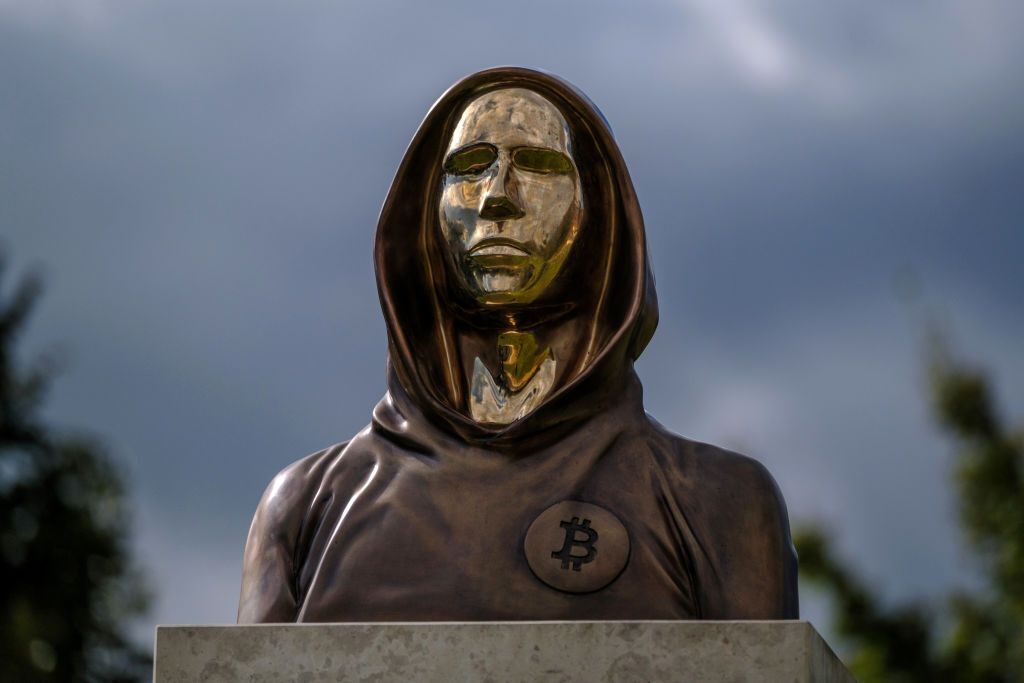The Birth of Bitcoin
In the annals of digital finance, few questions stir as much curiosity as the identity of Bitcoin’s creator, Satoshi Nakamoto. Over 16 years ago, on Halloween 2008, this mysterious figure introduced the world to a groundbreaking whitepaper outlining a peer-to-peer electronic cash system. Following this revelation, Bitcoin emerged, igniting a global cultural revolution and giving rise to a multi-trillion dollar industry.
Benjamin Wallace, who first ventured into the cryptocurrency landscape in November 2011 through a piece for WIRED, was among the pioneering mainstream journalists to explore this captivating phenomenon. At the time, Nakamoto’s identity remained elusive, and Wallace, despite his investigative endeavors, was unable to uncover the truth.
A New Investigation
Fast forward to 2022; Wallace found himself drawn back into the mystery after receiving intriguing emails from a former Tesla employee who believed Elon Musk was Satoshi. While Wallace doesn’t endorse this theory, he embarked on a more profound investigation, culminating in his forthcoming book, “The Mysterious Mr. Nakamoto,” set for release on March 18. This 342-page exploration delves into the intricate web of speculation surrounding Nakamoto.
Wallace’s Journey Through Bitcoin’s History
Although Wallace admits he hasn’t cracked the Nakamoto mystery, “The Mysterious Mr. Nakamoto” offers a captivating and thoughtful examination of Bitcoin’s history, with a particular focus on the cypherpunks whose ideologies played a pivotal role in the cryptocurrency’s inception. The book serves as an excellent resource for both crypto enthusiasts and novices eager to learn about Bitcoin’s origins. It draws parallels with Laura Shin’s “The Cryptopians: Idealism, Greed, Lies, and the Making of the First Big Cryptocurrency Craze,” which chronicles Vitalik Buterin and the early days of Ethereum.
A Cast of Suspects
Throughout the book, Wallace meticulously sifts through a diverse roster of potential candidates for Nakamoto’s true identity. Notable figures include:
– **Hal Finney**: The recipient of the first-ever Bitcoin transaction.
– **Nick Szabo**: A pioneer who developed a digital currency concept called “bit gold” in the 1990s.
– **Len Sassaman**: A key developer behind the Mixmaster remailer.
– **James A. Donald**: A lesser-known cypherpunk with intriguing implications.
– **Ben Laurie**: A long-time critic of Bitcoin.
One of the most engaging aspects of “The Mysterious Mr. Nakamoto” is witnessing Wallace’s mental unraveling as he wades through these suspects. Just as he believes he has zeroed in on one candidate, fresh evidence surfaces, challenging his conclusions. His multi-dimensional approach to the investigation is commendable; he employs stylometry to analyze Nakamoto’s communications, investigates circumstantial evidence, interviews key figures, and even learns to code to gain insights into the cypherpunk community.
The Significance of Nakamoto’s Identity
The ongoing debate surrounding Satoshi Nakamoto’s identity raises an intriguing question: does it even matter? Recent developments, including HBO’s documentary “Money Electric: The Bitcoin Mystery” and statements from industry experts claiming that figures like Jack Dorsey may be involved in Bitcoin’s creation, have reignited interest.
Wallace emphasizes that Nakamoto’s identity is one of the great secrets of the 21st century. With traditional financial institutions and regulatory bodies beginning to embrace cryptocurrencies, there’s a growing perception that clarifying Nakamoto’s identity could lend legitimacy to Bitcoin and facilitate its integration into the global financial system.
The Implications of Discovery
Wallace contends that uncovering Nakamoto’s identity could significantly alter public perception of Bitcoin. Cryptocurrency advocates often idealize Satoshi as a benevolent figure who gifted Bitcoin to humanity. However, what if Nakamoto were a figure with a dubious past, like former cartel leader Paul Le Roux, unable to access his private keys from behind bars? Would major investment firms still advocate for Bitcoin?
While Wallace leans towards the notion that Hal Finney likely played a role in Bitcoin’s creation, he acknowledges the impossibility of confirming any theory without direct proof from Nakamoto. Nevertheless, “The Mysterious Mr. Nakamoto” is an intellectually stimulating read, and the lack of a definitive resolution does not detract from its allure. Ultimately, the thrill lies in the pursuit of the truth.
In Reflection
Wallace poignantly reflects on the potential revelations from Nakamoto’s biography, questioning whether knowing more about the figure would enhance our understanding of Bitcoin. He suggests that the true intrigue lies in Nakamoto’s absence and the mysteries that surround him. As Wallace notes, it is precisely what remains unknown that defines Satoshi Nakamoto’s legacy.



